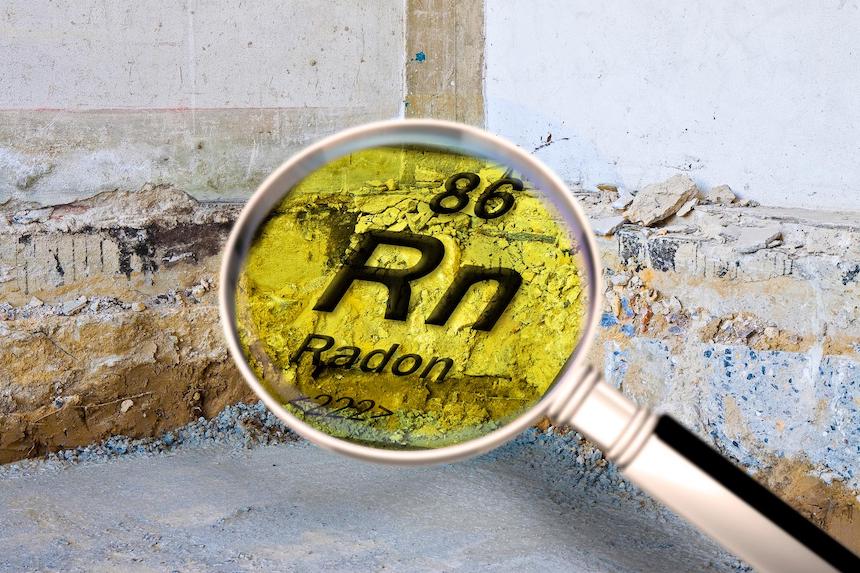
Radon gas is a silent killer that could be lurking in your home without you even realizing it. This article explores the dangers of radon and how it can affect both your home and your body. Understanding the risks associated with radon exposure is crucial for maintaining a safe and healthy living environment.
What is Radon?
Radon, a naturally occurring radioactive gas, emerges from the decay of uranium in soil and rocks. This colorless, odorless, and tasteless gas eludes detection without proper testing measures. It infiltrates homes through foundation cracks, pipe gaps, and various other home openings. Radon can become trapped in the building after coming in, accumulating to perilous levels within indoor spaces. Thus, it is crucial to address this hidden threat to ensure a safe living environment for you and your loved ones.
Effects on Your Home
Exposure to high levels of radon gas can have detrimental effects on your home. Radon is a dense gas that tends to accumulate in the lower levels of a building. Lower levels of the house such as basements and crawl spaces are especially dangerous. Over time, radon can seep into the walls and foundation of your home, causing structural damage and weakening the overall integrity of the building. Additionally, radon decays into radioactive particles that can become trapped in the air, dust, and water in your home, posing a risk to both your health and the environment.
Effects on Your Body
Radon can cause lung cancer and is responsible for many cancer-related deaths. When you breathe in radon gas, the radioactive particles can become lodged in your lungs, where they release harmful radiation and increase your risk of developing lung cancer. Long-term radon exposure can also lead to other respiratory issues, such as chronic coughing, wheezing, and shortness of breath. Children and individuals with preexisting respiratory conditions are particularly vulnerable to the health effects of radon exposure.
Testing and Mitigation
The only reliable way to know whether your home contains elevated levels of radon is by conducting a radon test. These tests are crucial for detecting this colorless, odorless gas. Radon testing kits, which are easily accessible and user-friendly, provide a convenient way to assess radon levels in your home within just a few days. If elevated levels of radon are identified, it is imperative to take prompt action to mitigate the issue and minimize your exposure to this harmful gas, ensuring a safer living environment for you and your loved ones.
Radon mitigation entails the implementation of various measures to prevent radon gas from infiltrating your living space and safely diverting any existing radon outdoors. This involves utilizing a range of common radon mitigation techniques, which may include methods like sealing foundation cracks, enhancing ventilation systems, and setting up radon mitigation systems such as sub-slab depressurization or ventilation fans.
Radon is a serious threat to both your home and your health. By understanding the dangers of radon exposure and taking proactive steps to test and mitigate radon levels in your home, you can create a safe and healthy living environment for you and your family. Remember, controlling radon in your home is a crucial aspect of maintaining your health.
- Dangers of Radon: How It Affects Your Home and Body - March 23, 2024
- Everything You Should Know About Decorating With Antiques - February 24, 2024
- Building Your Perfect Cabin Home With a Modern Twist - February 3, 2024






